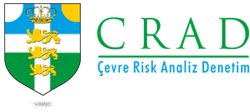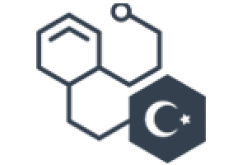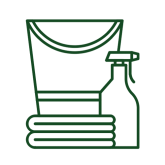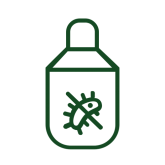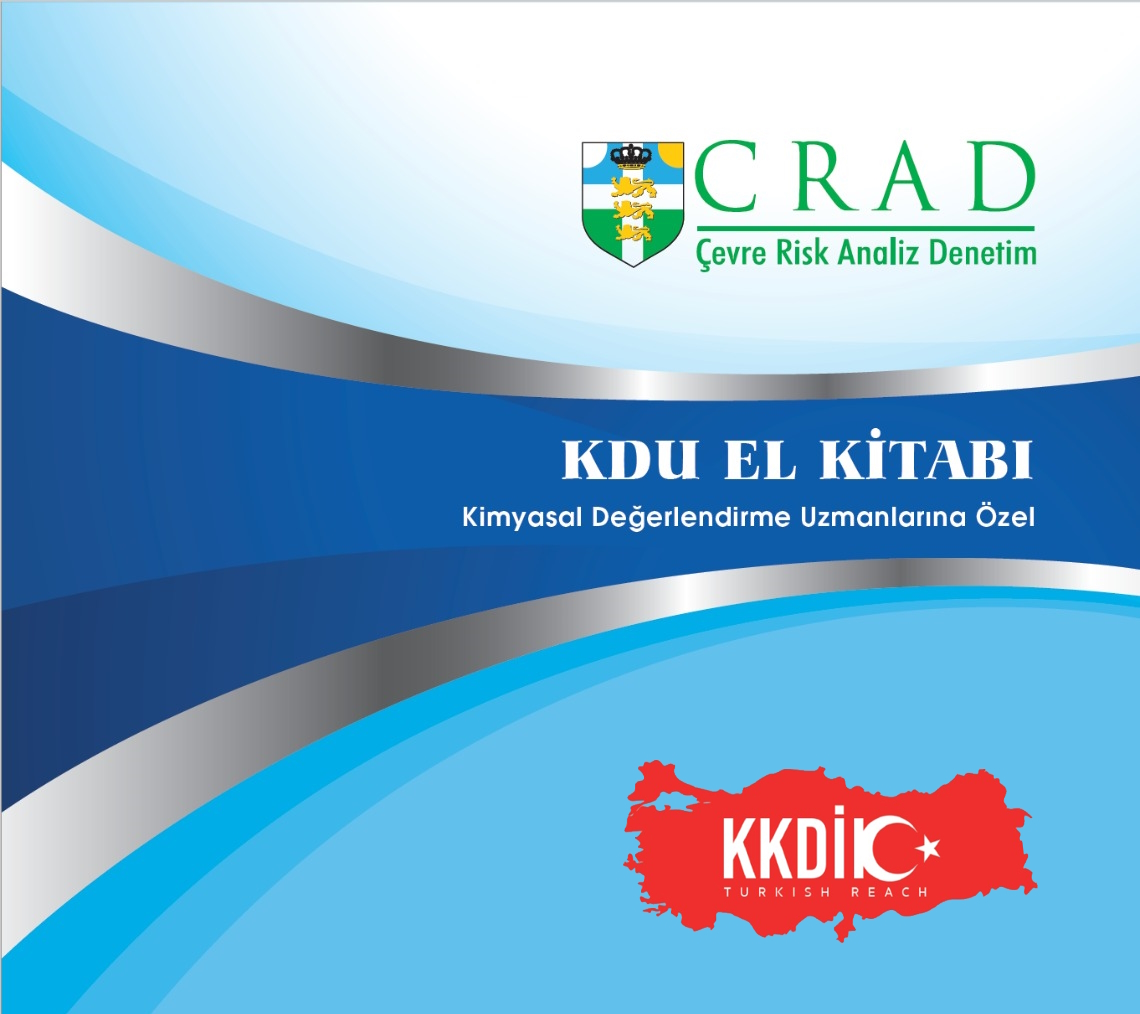SAFETY DATA SHEET COMPATIBLE WITH KKDIK
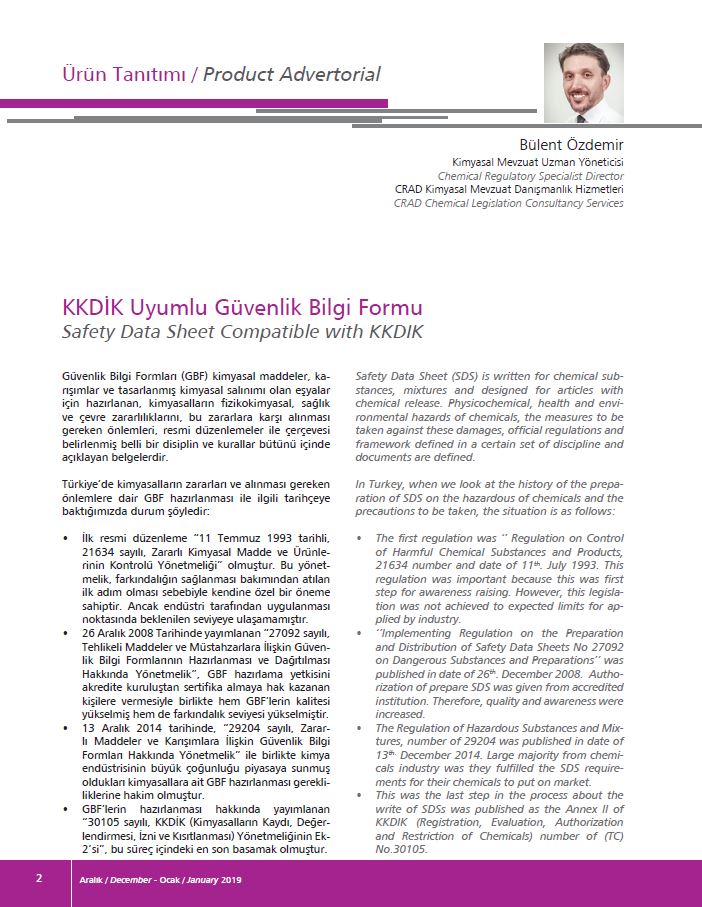
Turkcoat Magazine - December - January 2019
Safety Data Sheet (SDS) is written for chemical substances, mixtures and designed for articles with chemical release. Physicochemical, health and environmental hazards of chemicals, the measures to be taken against these damages, official regulations and framework defined in a certain set of discipline and documents are defined.
In Turkey, when we look at the history of the preparation of SDS on the hazardous of chemicals and the precautions to be taken, the situation is as follows;
• The first regulation was ‘’ Regulation on Control of Harmful Chemical Substances and Products, 21634 number and date of 11th. July 1993. This regulation was important because this was first step for awareness raising. However, this legislation was not achieved to
expected limits for applied by industry.
• ‘’Implementing Regulation on the Preparation and Distribution of Safety Data Sheets No 27092 on Dangerous Substances and Preparations’’ was published in date of 26th. December 2008.
Authorization of prepare SDS was given from accredited institution. Therefore, quality and awareness was increased.
• The Regulation of Hazardous Substances and Mixtures, number of 29204 was published in date of 13th. December 2014. Large majority from chemicals industry was they fulfilled the SDS requirements for their chemicals to put on market.
• This was the last step in the process about the write of SDSs was published as the Annex II of KKDIK (Registration, Evaluation, Authorization and Restriction of Chemicals) number of (TC) No.30105.
The SDS which is written according to regulation of 29204 that will be valid until the date of 31st December 2023. After this date, it will be obligatory to write of SDSs in compliance with Regulation (TC) No 30105. If necessary conditions can be fulfilled in the KKDIK, KKDIK compliant SDSs can be prepared before this date.
At this point, I would like to inform about the compatible SDS with KKDIK and its requirements and to correct the wrong known.
KKDIK regulation is substantially equivalent with the REACH regulation No.1907 which is published in 2006 in the EU region. It is also defined as "Turkish REACH" in chemical industry. The purpose of this Bylaw is to ensure a high level of protection of human health and the environment, including the promotion of alternative methods for assessment of hazards of substances while enhancing competitiveness and innovation.
The KKDIK Regulation consists of 18 annexes in total and Annex-2 includes the provisions on the preparation of SDSs. Before mentioning about Annex-2, some important points about KKDIK should be mentioned.
These;
1. Pre-registration for substances that manufactured in Turkey or imported into Turkey in the amount of 1 tonne or over must be done until 31.12.2020.
2. The registration will be done between 1.1.2021 and 31.12.2023 for pre-registered substances over 1 tonne can not be place on the market without registration after 31.12.2023.
3. For the substances that have been pre-registered, Chemical Safety Report will be started to prepare as of 1.1.2021. The Chemical Safety Report (CSR) is also a factor that enables the preparation of a KKDIK compliant SDS. It is not technically possible to prepare KKDIK compliant SDS without CSR. For this reason, it will be obligatory to prepare the Safety Data Sheets in accordance with the Regulation of KKDIK as of 31.12.2023.
4. The provisions of Annex 17 will come into force 6 months later (31/12/2017) after its publication respectively 31/12/2018, 31/12/2019, 31/12/2021, 31/12/2022 as detailed in the Regulation.
SDS should meet the following conditions to be compliant with KKDIK (Turkish REACH) Regulation.
1. SDS should be prepared by a Chemical Assessment Specialist.
Chemical Assessment Specialists which attend a total of 64 hours of training in accordance with the provisions of the KKDİK Regulation and headlines specified in Annex 18, must take this training from ministerial approved institutions. After sit for the examinations of the institutions that are accredited by TÜRKAK as per the (TS EN) ISO / IEC 17024 standard, they will be eligible to receive a Certificate of Proficiency by passing the exam with a grade of 70 or more.
Only a Chemical Assessment Specialist is authorized to prepare a Chemical Safety Assessment. Also only a Chemical Assessment Specialist can be write a SDS which is compliant with KKDIK (Turkish REACH)
2. Chemical Safety Assessment must be available.
Annex-2 of the KKDIK Regulation with No. 30105 on attachment about GBFs, Article 0.1.2. explains as following; The information given in the Safety Data Sheet is consistent with the information provided in the Chemical Safety Report. When the Chemical Safety Report has been completed, the relevant exposure scenario will be attached to the Safety Data Sheet
Chemical Safety Assessment of substance must be available for compliant with KKDIK, also Chemical Safety Assessment of the substance which effect the classification of the mixture is expected to be available in mixture SDS. This situation is specified under the headlines “15.2. Chemical safety assessment”. It is possible according to calendar to prepare SDS which is compliant with KKDIK after 2022, when it is take into consideration that Chemical Safety Assessments to be prepared as the date of 1.1.2021.
3. Substance must have registration number
Registration number should be specified under title 1.1 for KKDIK compliant SDS for substance and it should be specified under title 3.2 for the substances which fulfil the requirement of KKDIK registration conditions in the mixture.
Chemical Safety Report
The Chemical Safety Report is a document that created as a result of the KKDIK registration process and the primary source for the registrant to provide information to all users of chemicals through Exposure Scenarios. It also provides a basis for other KKDIK processes including substance assessment, authorization and restriction.
The Chemical Safety Assessment shows that when a specific operational condition and risk management measures are implemented, risks arising from exposure to a substance are controlled during manufacture and use. These terms of use of a substance constitute the exposure scenario which is an important component of The Chemical Safety Report.
The Chemical Safety Report should be easily understood as a stand-alone document in all its parts and should contain all relevant information on the chemical safety assessment. Principles applied in the assessment of hazard and exposure, assumptions, and extracted results should be transparent, reliable and documented as correctly.
The Chemical Safety Report to be submitted in the registration dossier must be in the format which specified in Annex-1.
A Chemical Safety Assessment shall be carried out for all substances subject to registration in accordance with the KKDIK regulation, in quantities of 10 tonnes or more per registrant per year and a Chemical Safety Report is prepared. The Chemical Safety Report shall contain a chemical safety assessment for its own form, in the mixture or in articles for each substance or group of substances which should be prepared in the relevant articles of the regulation and as specified in Annex-1.
Any actor who should be made a Chemical Safety Assessment, ensures that the information in the Safety Data Sheet is consistent with the information contained in this assessment. If the Safety Data Sheet was prepared for a mixture and the actor in the supply chain made a Chemical Safety Assessment for the mixture, it is sufficient that the Safety Data Sheet is consistent with the Chemical Safety Report of the mixture rather than the Chemical Safety Report of each chemical substance in the mixture.
Exposure Scenario
Definition in the Regulation is “The set of conditions, including operational conditions and risk management measures, that describe how the substance is manufactured or used during its life-cycle and how the manufacturer or importer controls, or recommends downstream users to control, exposures of humans and the environment. These exposure scenarios may cover one specific process or use or several processes or uses as appropriate.”
The Chemical Safety Report must also include an exposure scenario for per registrant all substances of 10 tonnes or more per year, with a hazard classification and which must be registered in accordance with the KKDIK Regulation.
e-SDS (Extended Safety Data Sheet)
The SDS containing the Exposure Scenario is named e-SDS. It is created by adding it to the main body of the Safety Data Sheet. The format of the exposure scenario is not defined in the KKDIK Regulation. Even if this means that the supplier can present information in different ways, the ECHA (European Chemicals Agency) and its stakeholders have worked to harmonize the layout and the expressions used, and have proposed a format for the exposure scenario, which includes the following four chapters:
• Title
• Term of use affecting exposure
• Exposure estimation
• Guide to assess whether their use is within the limits of the exposure scenario for downstream users.
Exposure Scenarios will be present in the SDS of mixture, not only in SDSs of substance. Some sector organizations can improve the safe use of information for common product types, using an accepted format called SUMI (Safe Use of Mixtures Information). Formulators can select the appropriate SUMIs for their products and their uses and provide them in addition to the Safety Data Sheet.
CRAD is the first training institution authorized by the ministry to provide trainings for CSA(Chemical Safety Advisor). CRAD, provides CSA training with its expert trainers. At the same time, with its CSA certified team, it is able to offer all necessary services to the chemical industry for adapt with KKDIK.
Bülent ÖZDEMİR
Chemical Regulatory Specialist Director
Resources:
• No. 30105 Bylaw On Regıstratıon, Evaluation, Authorization And Restriction Of Chemicals and their annexes.
• ECHA web page, current publications.
